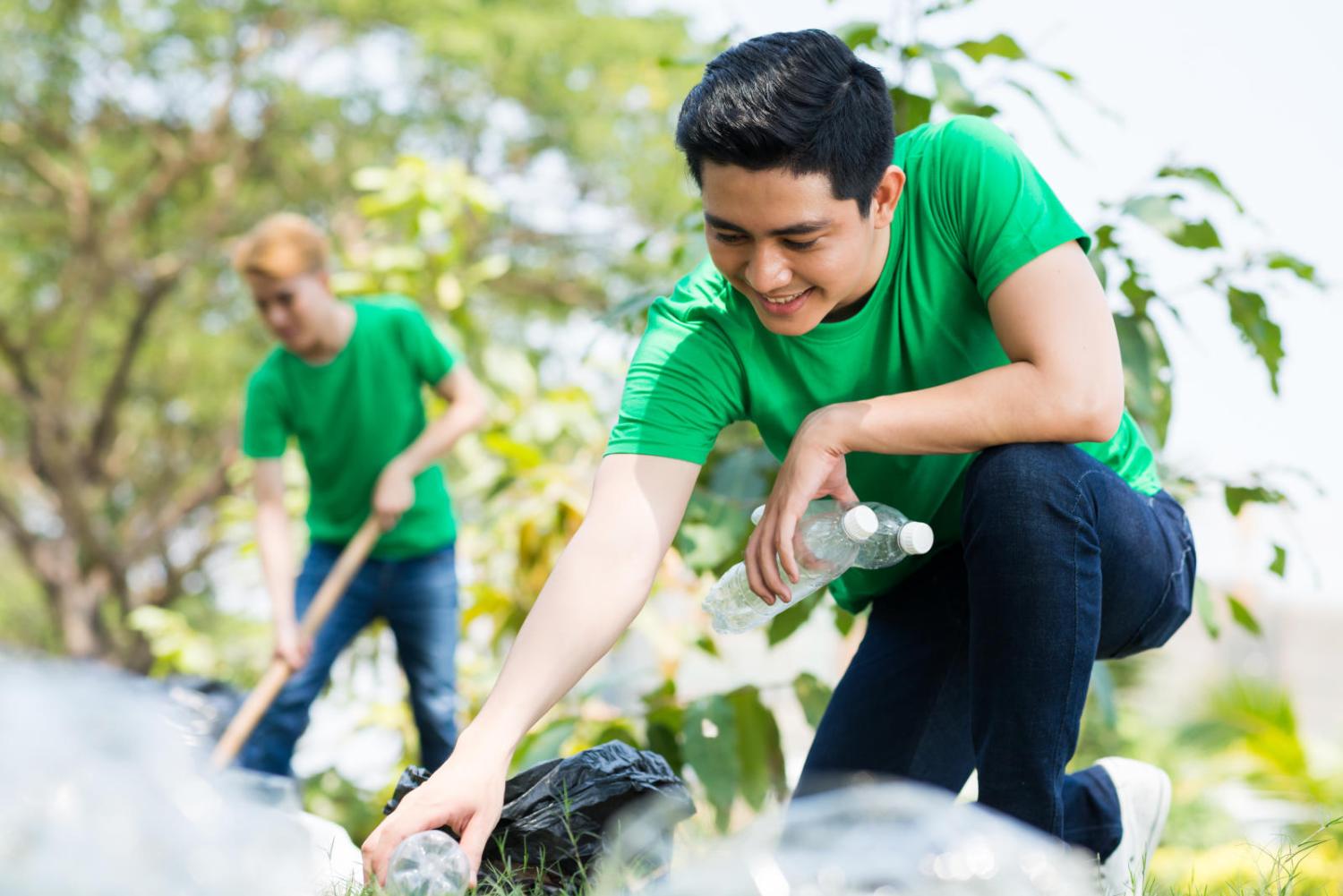How to cultivate an eco-conscious mentality in a material world

Living an eco-conscious lifestyle rather than one of consumerism is essential to lower your carbon footprint and demonstrate dedication to sustainability. You can consider how your actions impact the environment and your overall well-being and determine if you want to make changes.
Break the convenience habit
Convenience products, like takeout food, single-packaged items and plastic grocery bags, can make life easier but often have a harsh environmental impact. You can take a moment to evaluate purchasing decisions and weigh the pros and cons of convenience compared to a more sustainable option.
While it might seem like more effort, sustainable options can save you money and avoid the need to dispose of waste. One example is using a reusable water bottle. When you carry a water bottle with you, you don’t need to pay for beverages like bottled water, and you can refill the reusable bottle for free. This simple act helps reduce waste and offers more convenience in the long run.
Find value outside of material possessions
With the constant barrage of marketing, it is easy to believe that buying the things you want can make you happier. It can feel good to buy new things. However, chasing the latest items to try and cultivate happiness can make you feel controlled by consumerism. It can actually lead to stress, anxiety and debt.
Instead of trying to purchase things to enhance happiness, consider what brings true feelings of joy, like relationships and working toward your goals. Also, saving money and investing in financial security can help you feel more freedom and worry less, ultimately leading to more happiness.
Understand planned obsolescence
Planned obsolescence produces products that will fail or become less desirable over time, leading consumers to discard their old products and buy something new. With mass production, companies can produce goods quickly and need to drive demand for their products. Planned obsolescence saves companies from spending money to make higher-quality products.
This is not a sustainable practice and has contributed to a throw-away society. For example, technology and car companies produce new products yearly with only slight changes, encouraging consumers to repurchase the latest products.
By resisting the urge to purchase a new product just to get the latest features, you can help reduce waste and save money. You can also invest in products from companies that make better quality products. Before throwing an item away and purchasing something new, find out if what you already have can be fixed or repurposed. Many clothing companies, such as Dr. Martens, Patagonia and REI, will repair their products for free. Find more companies that offer lifetime warranties and will repair their products here.
Avoid cradle-to-grave production
Cradle-to-grave is a cycle of production where companies extract resources to produce products without consideration for the end of the product’s life cycle. The cradle phase is the creation of materials using resources, while the product ending up in a landfill is the grave stage.
A cradle-to-cradle mentality offers a better way for production. With this method, companies make products intentionally to allow for recycling, upcycling or other sustainable disposal options. You can explore products with Cradle-to-Cradle certification to help drive demand for sustainably produced products.
Actions to help cultivate an eco-conscious mentality
You can be more sustainable in your daily life with minor changes.
Upcycle. Upcycling reuses existing products in a new way instead so they can stay out of the landfill. You can get creative by upcycling yourself or buying upcycled products.
Buy local. Reduce the use of resources and energy that goes into transporting and manufacturing items by purchasing locally. For example, buying food from the farmer’s market reduces packaging and transportation costs.
Buy less. Before you buy something, consider whether it is a need or a want. Limit your purchases to items you need to avoid overconsumption of goods. For example, if you already have five pairs of jeans, do you need to purchase new ones?
Buy used. If you need to make a purchase, consider buying the item used. You can buy used for most products, including clothing and household goods or a used car instead of a new one.
Recycle. Divert your waste from landfills by learning how to recycle correctly. It will help decrease your carbon footprint and help mitigate climate change.
Go electronic. Sign up for electronic bills and other notifications rather than printed and mailed communications. Not only does this help the environment, but it also makes it easier to sort through and dispose of your mail.
Avoid single-use items. Invest in reusable products, like water bottles, coffee mugs, food storage containers, metal straws and more. You can save money over time and avoid contributing to landfill waste.
Compost. Learning how to compost can drastically change how much we discard into landfills and help rejuvenate crops and nutrient-deprived lands.


